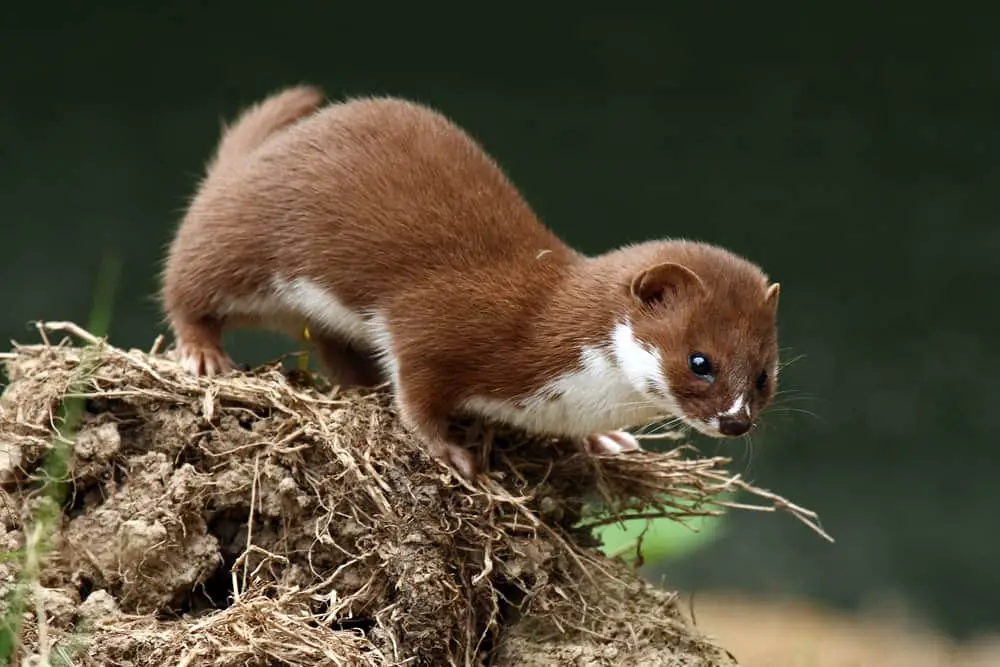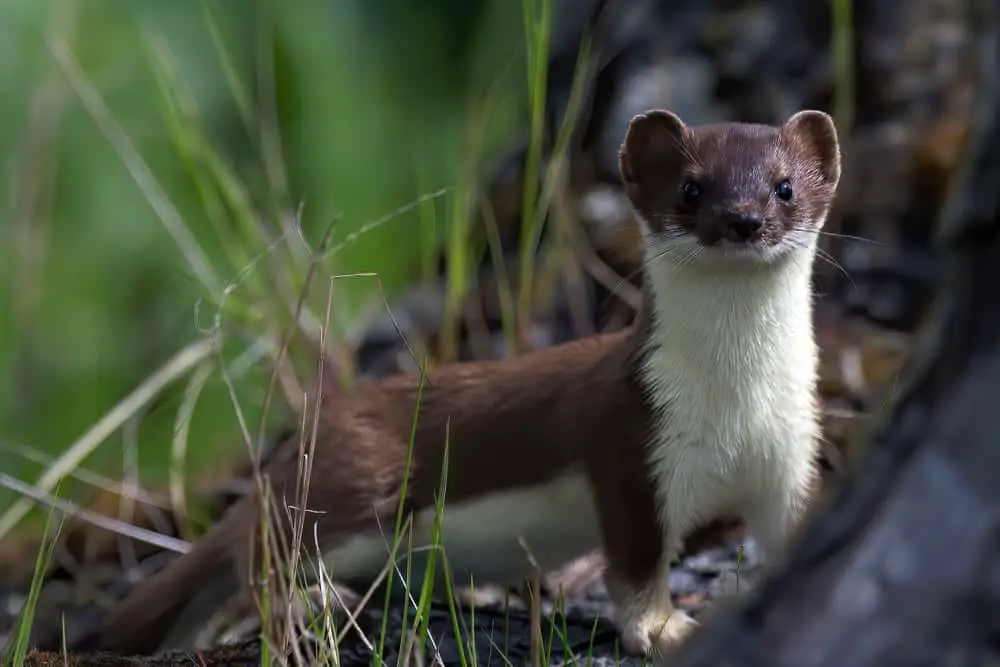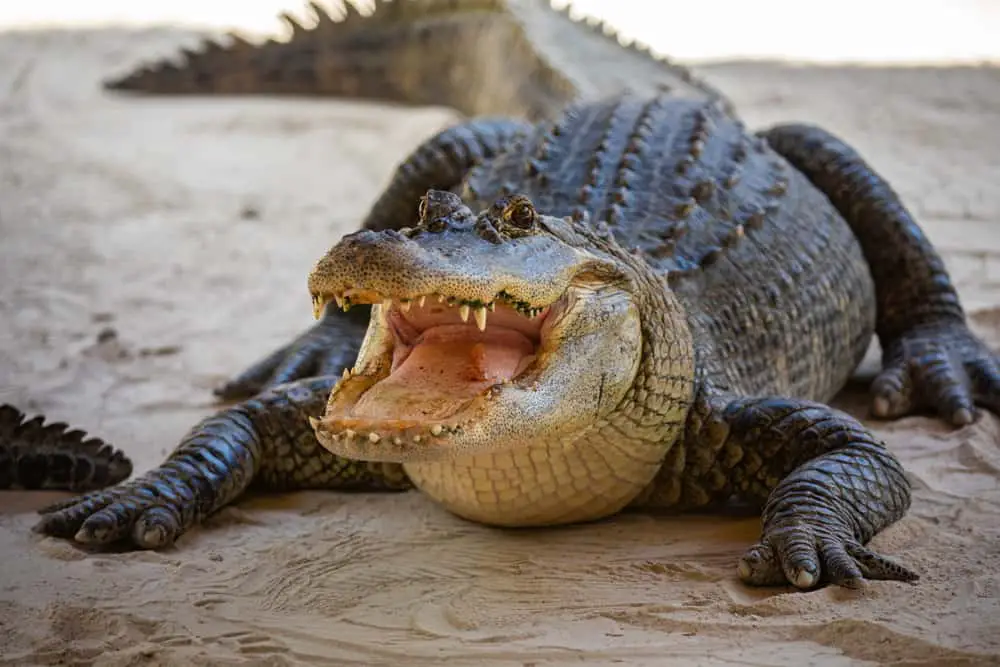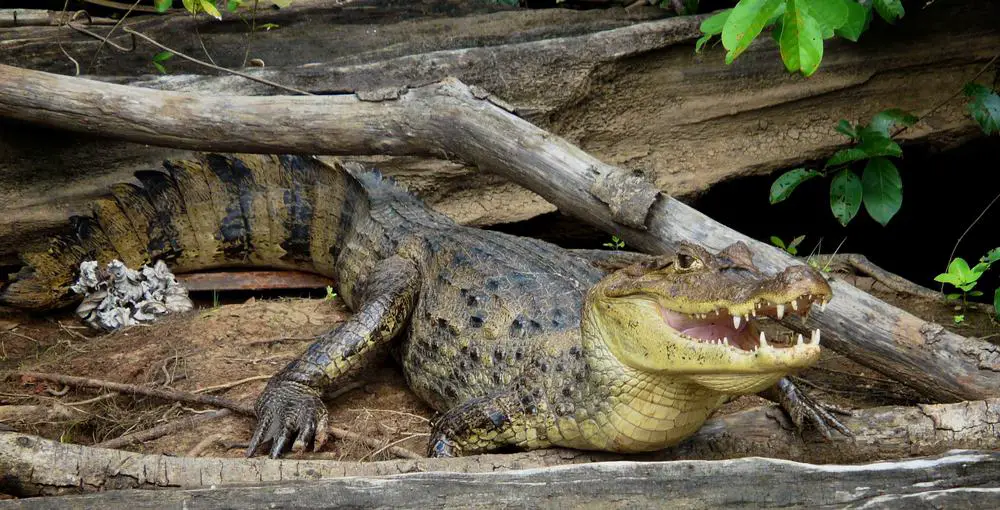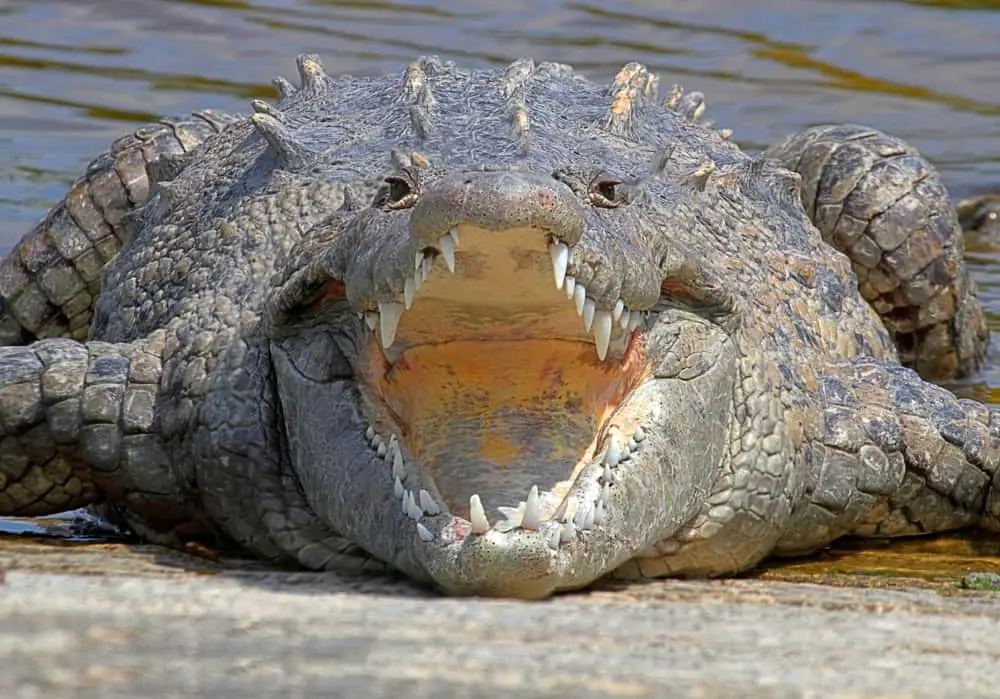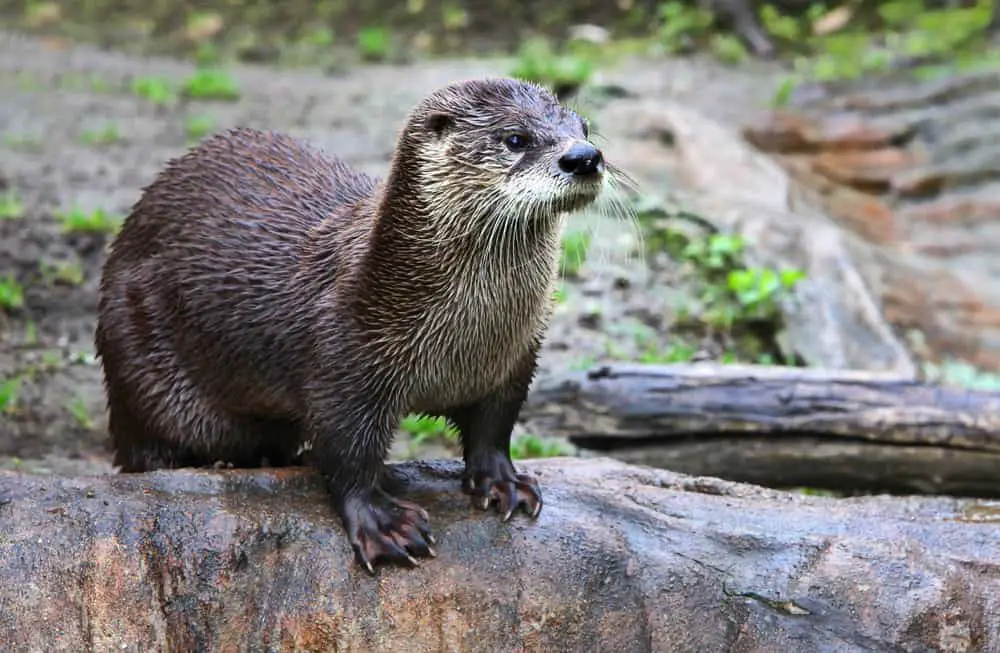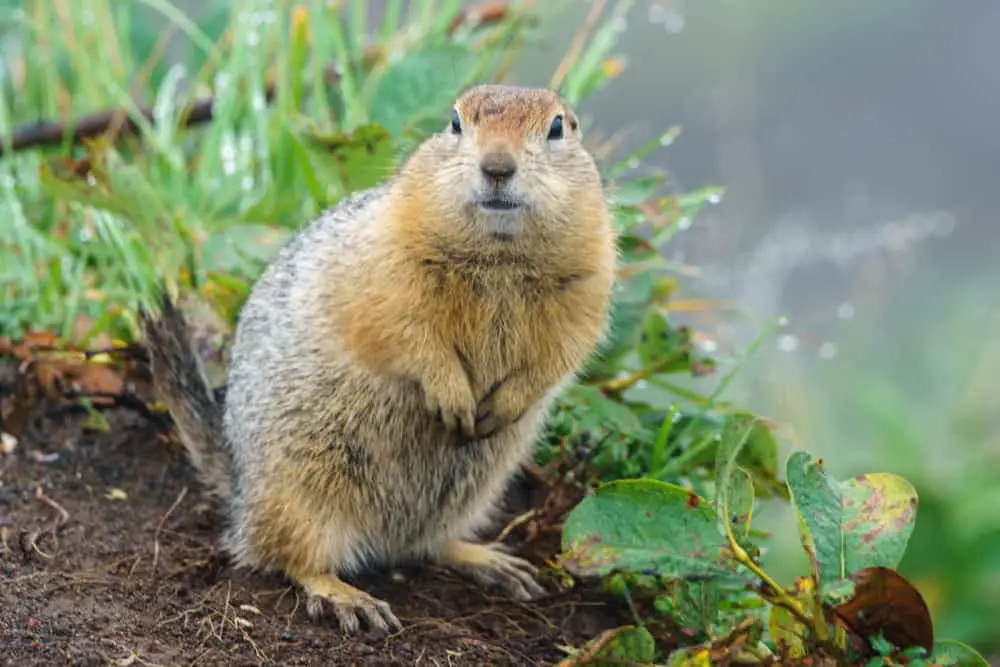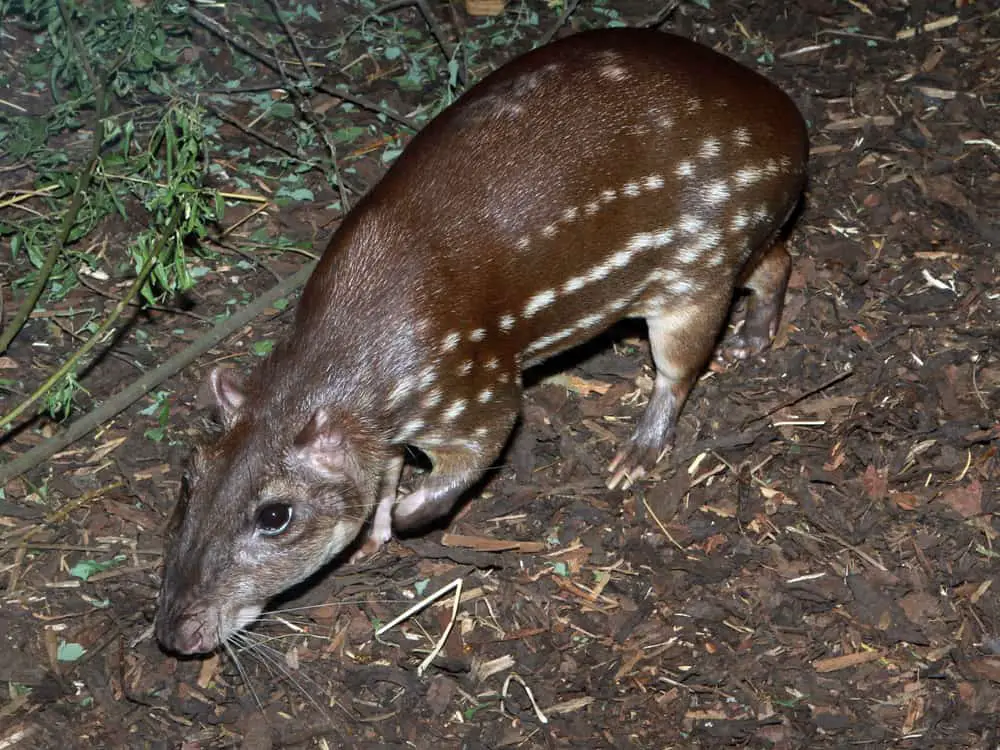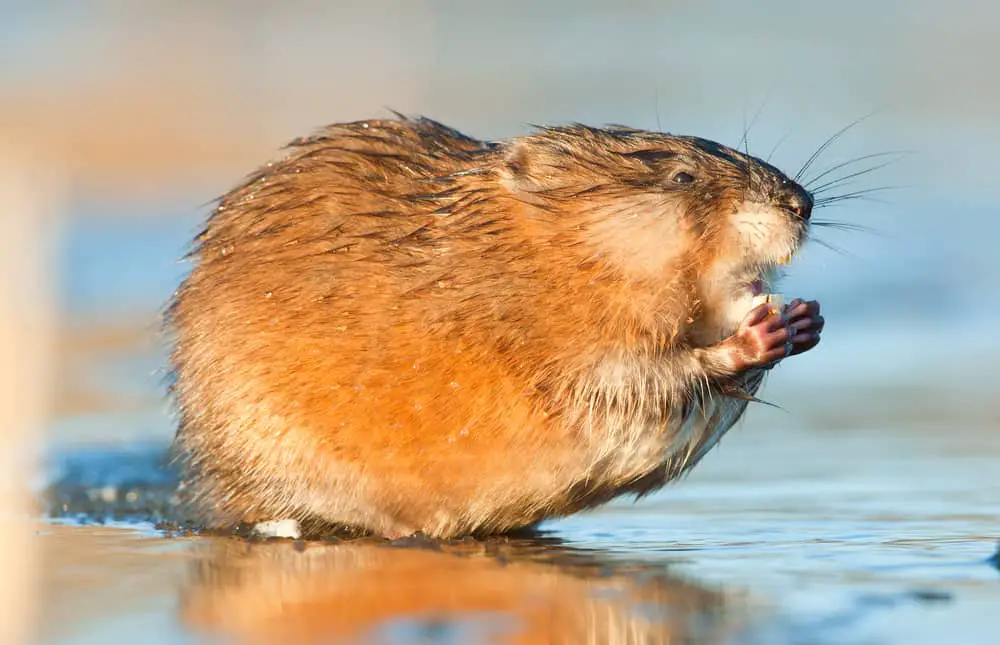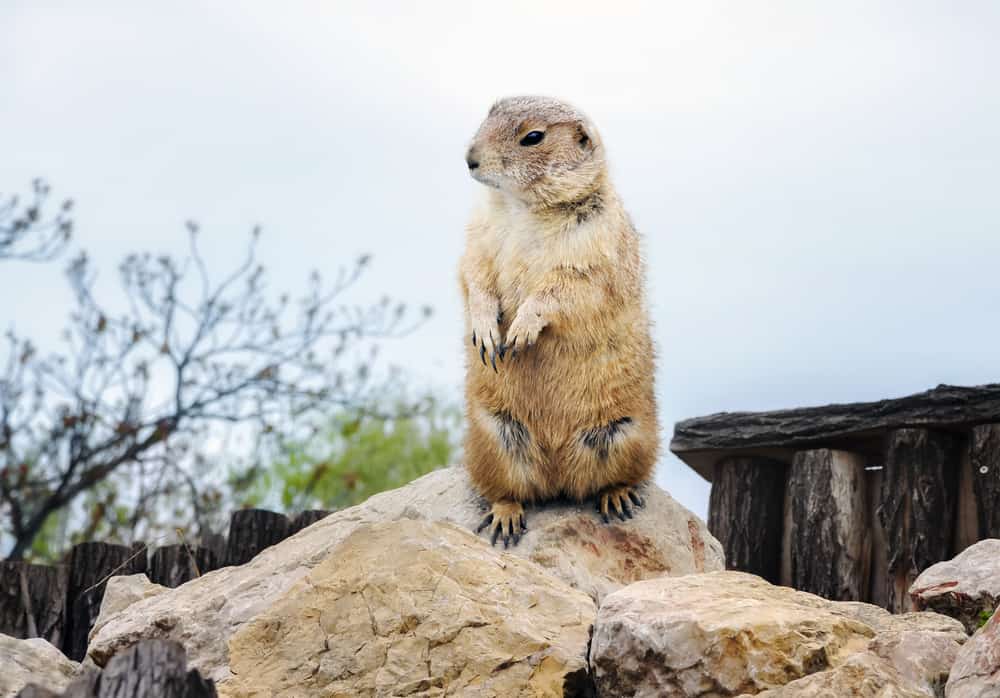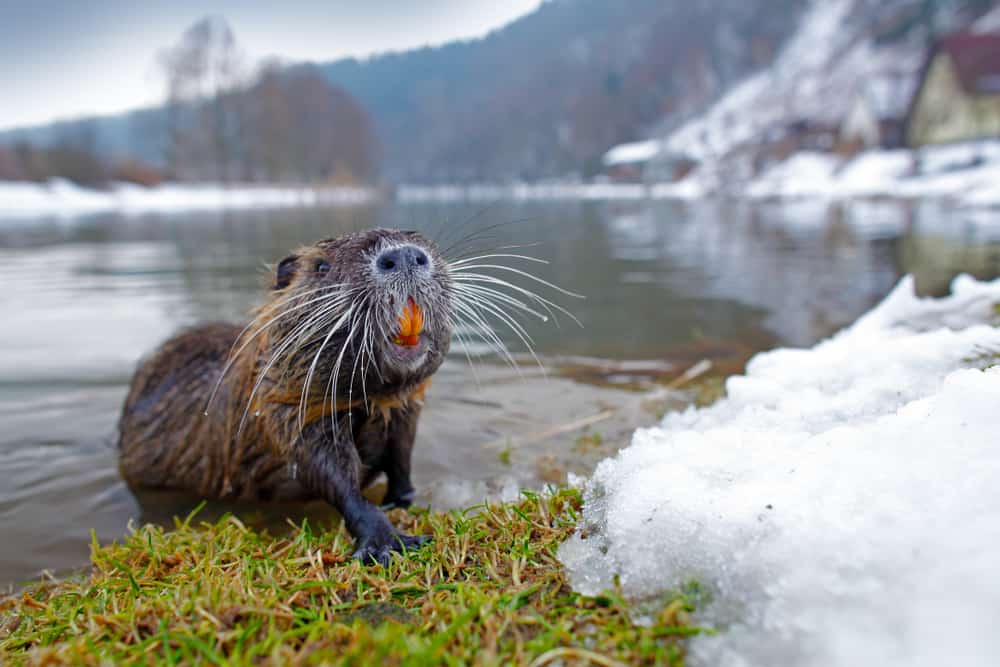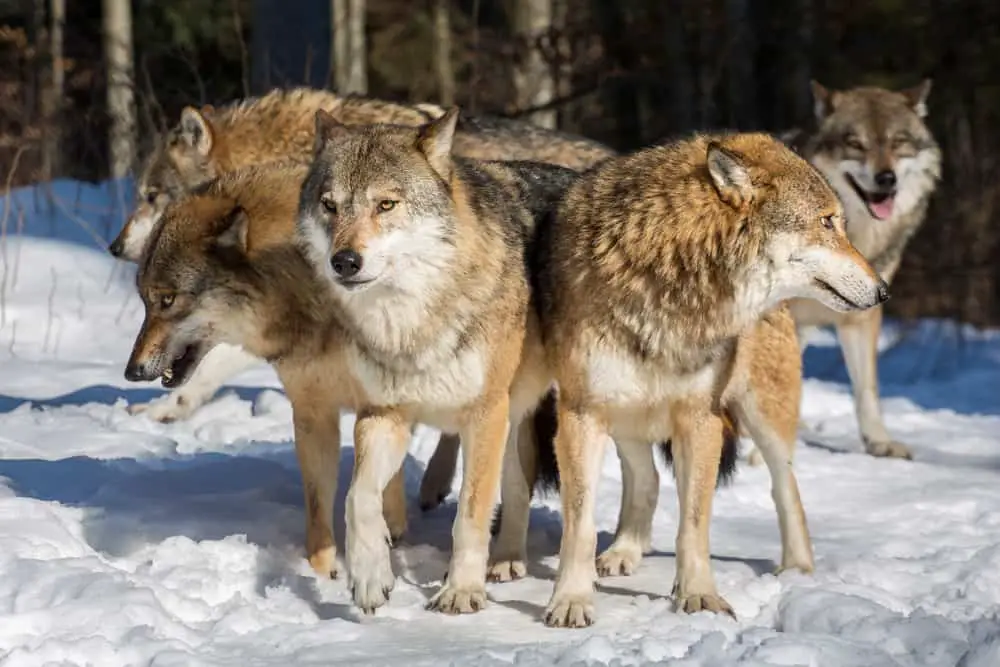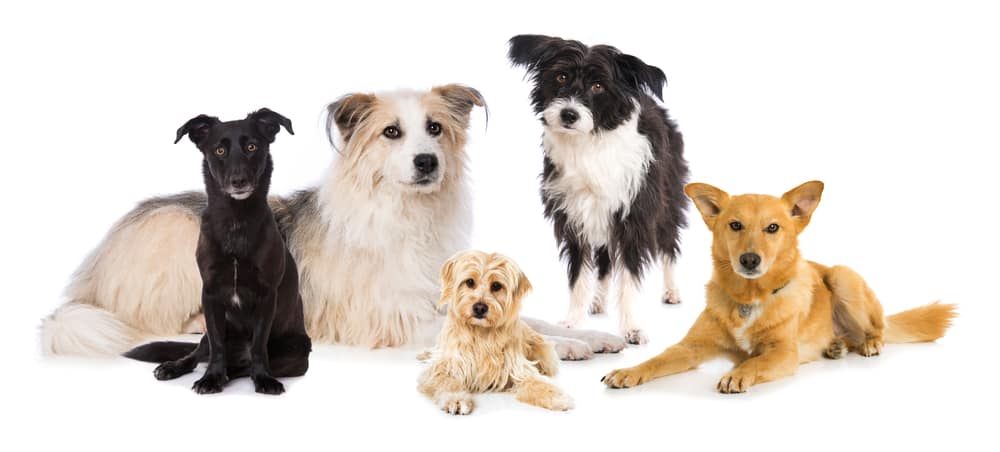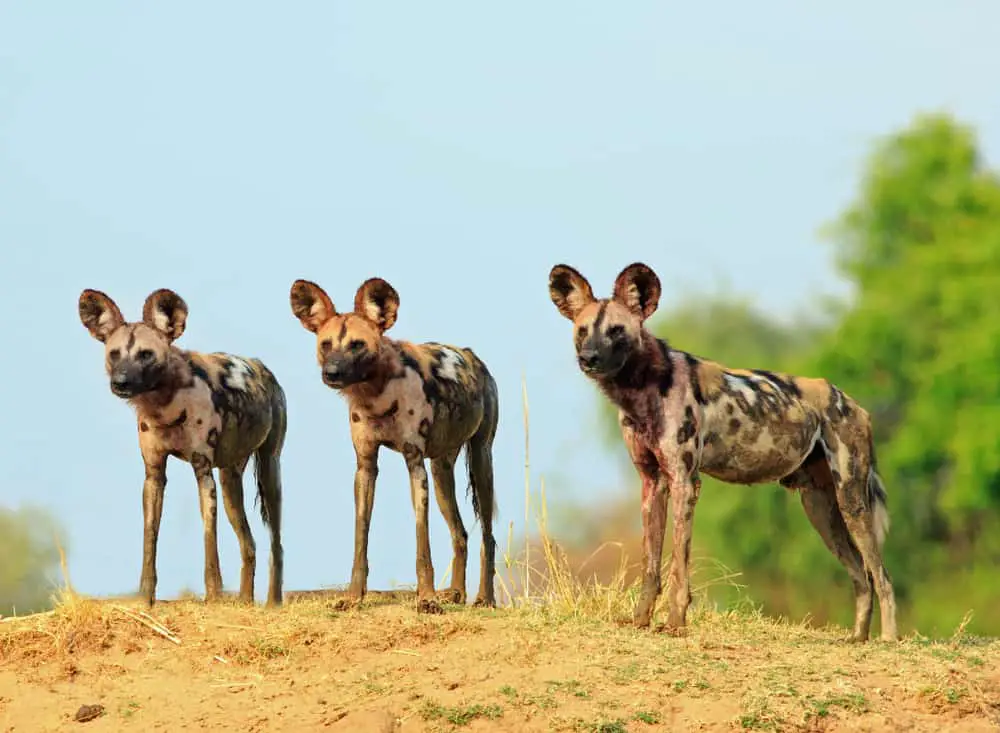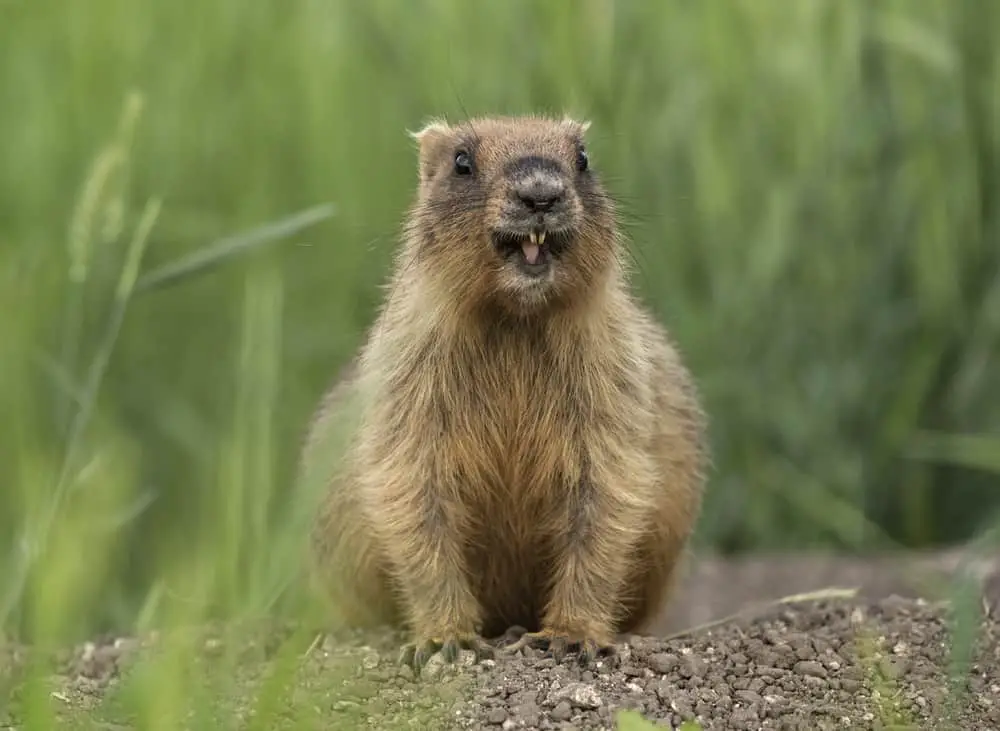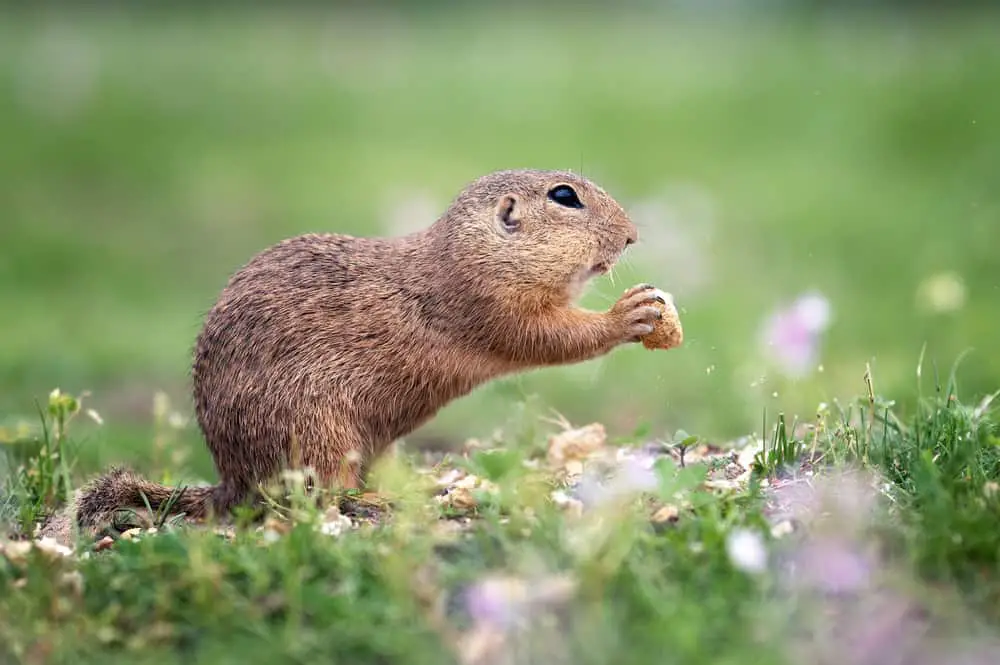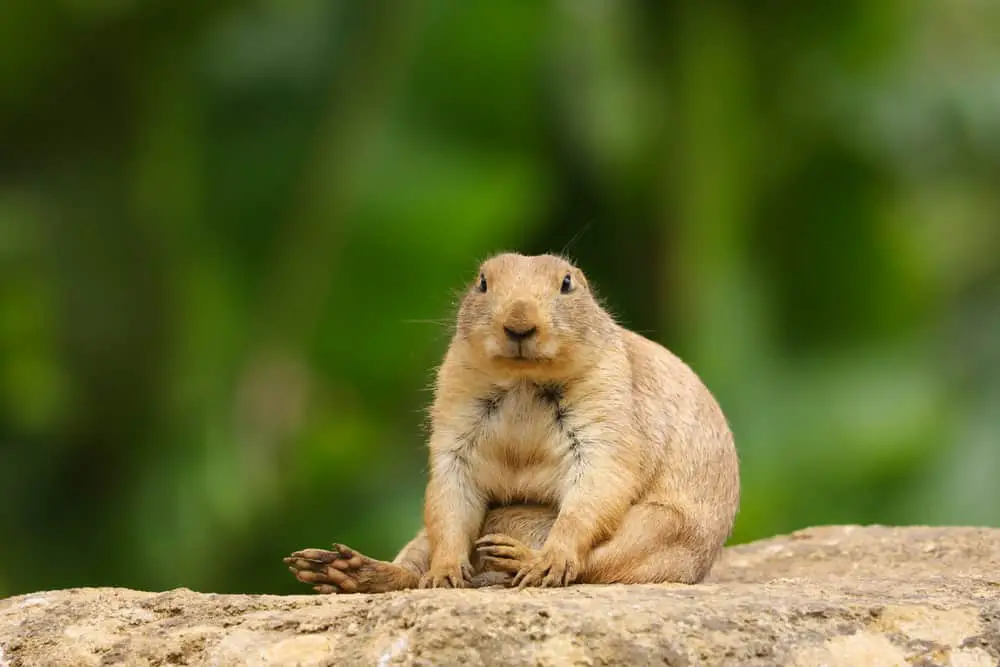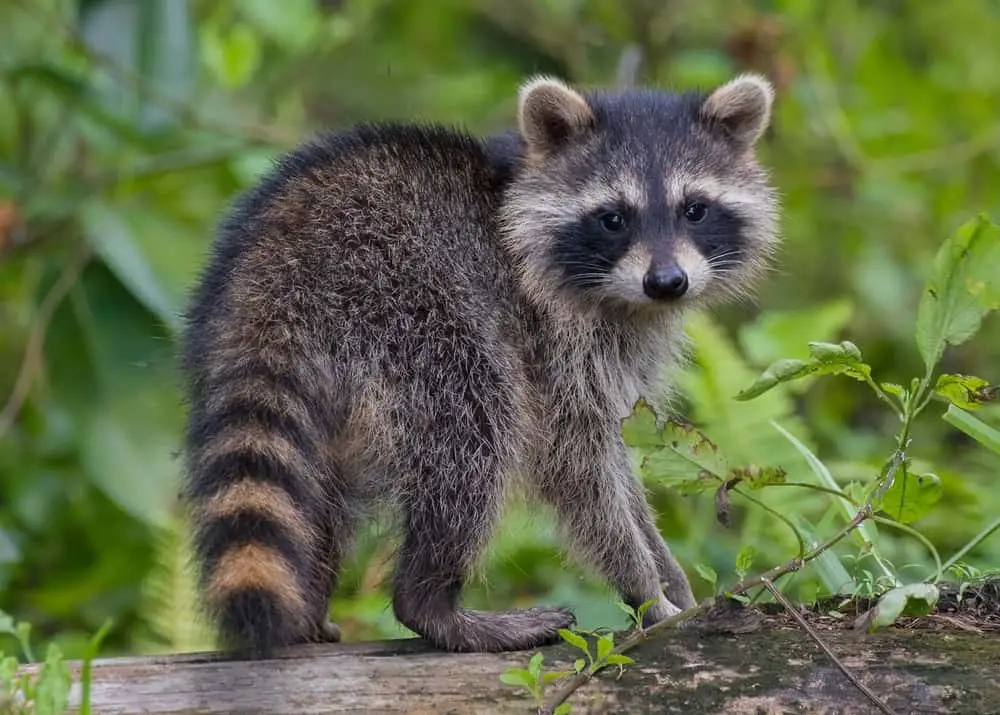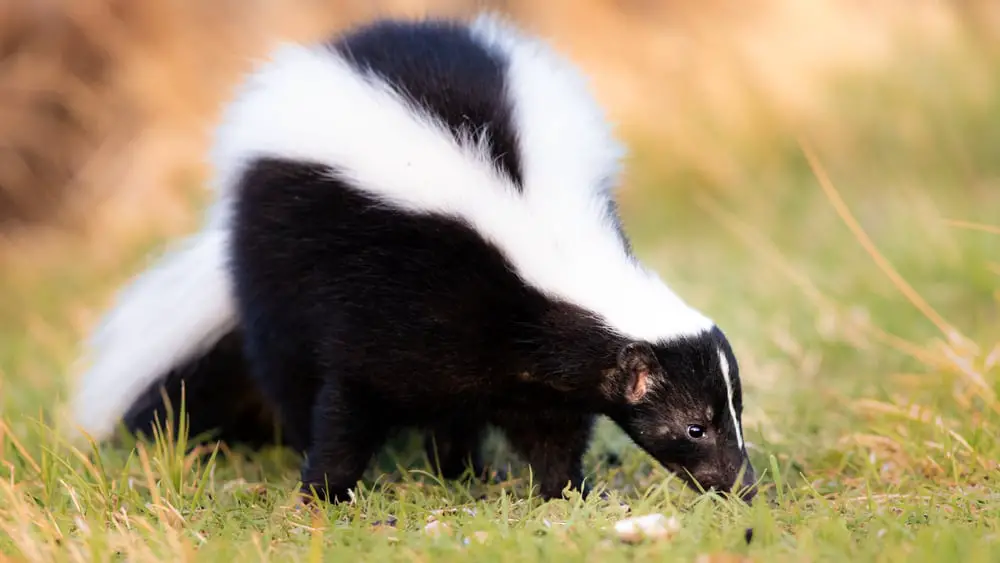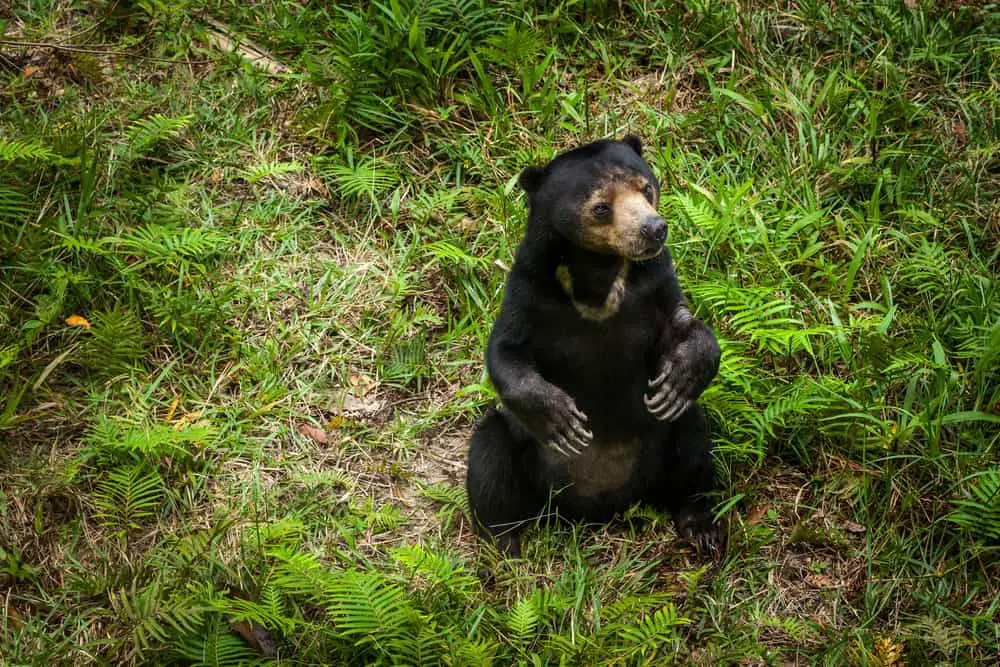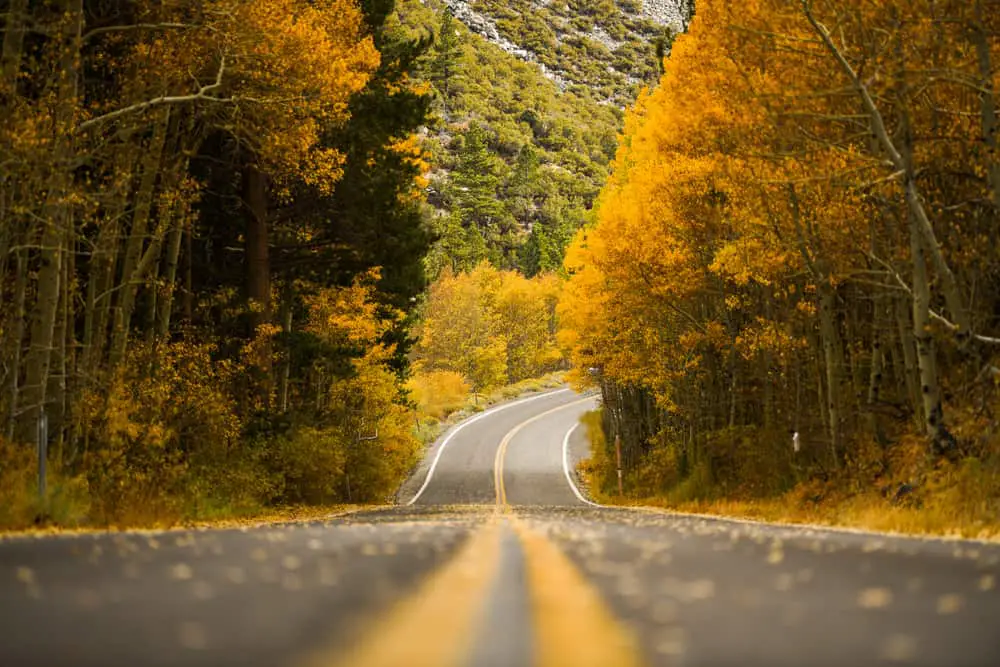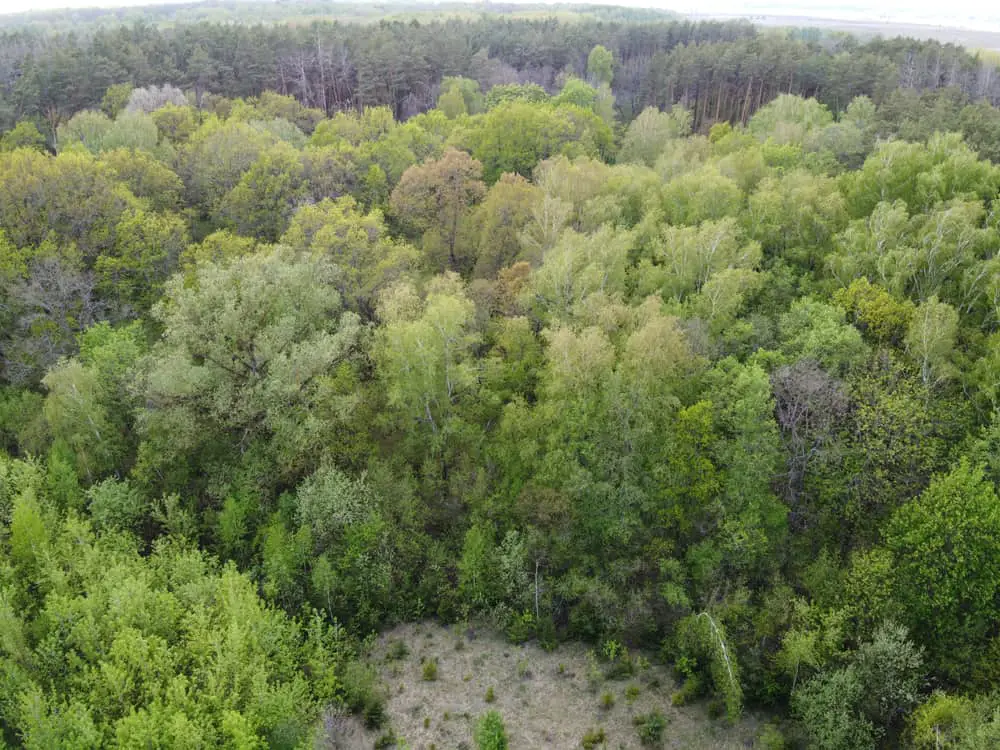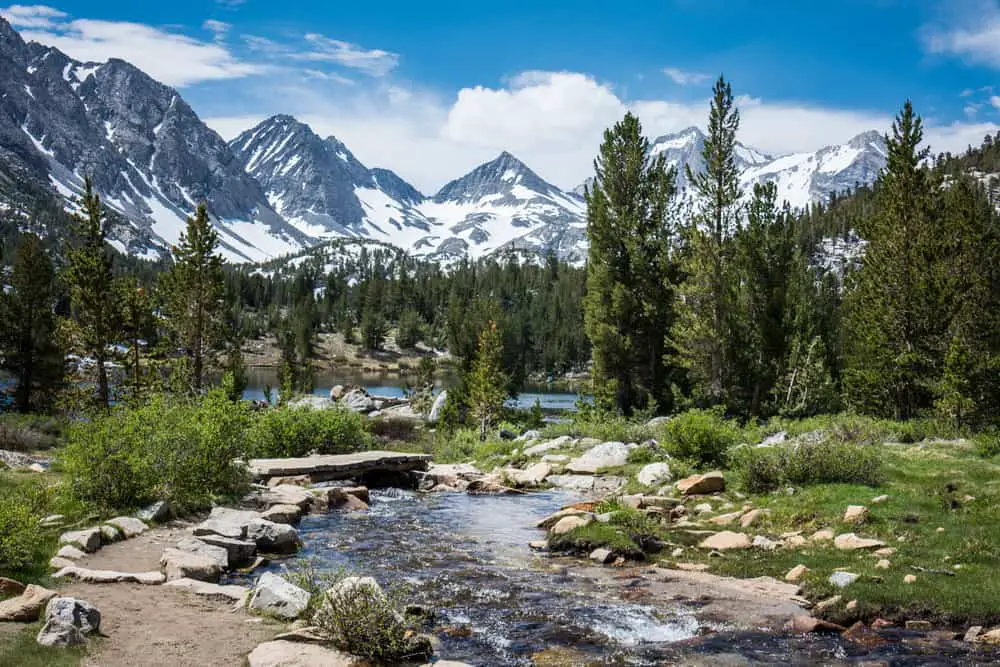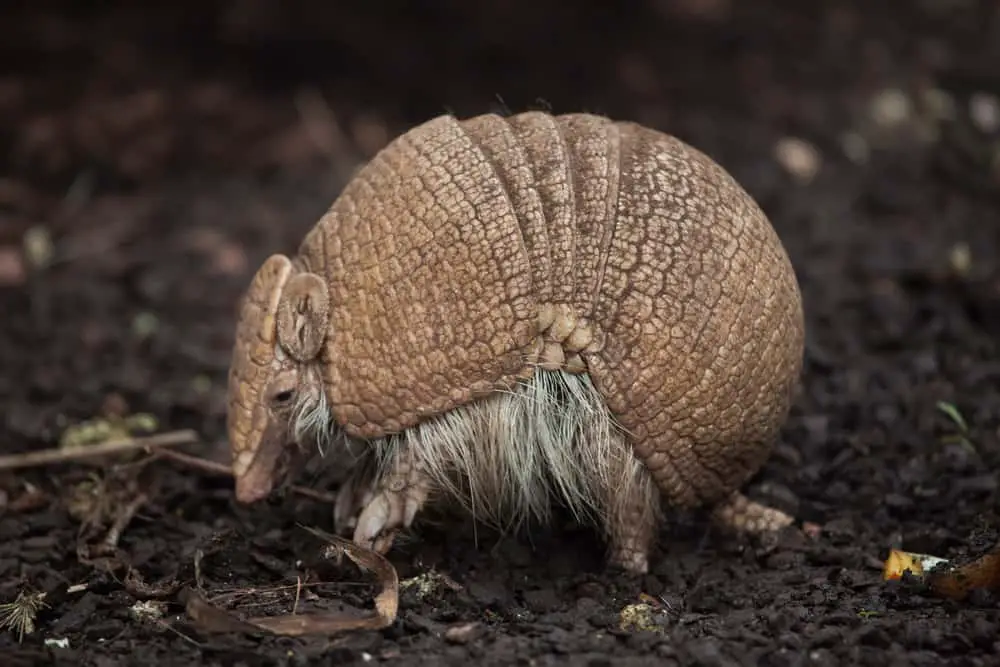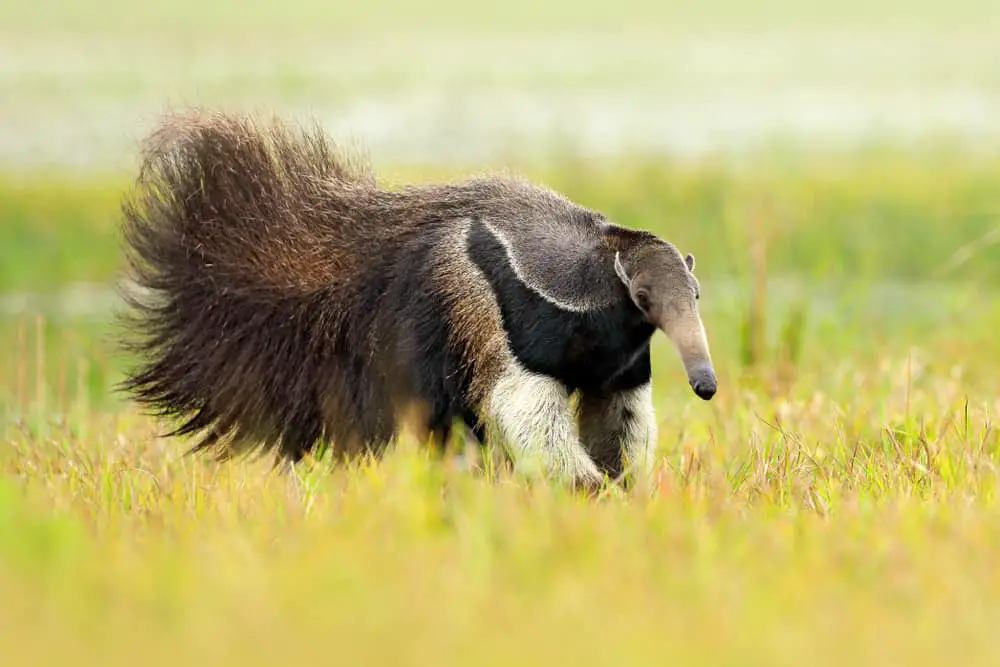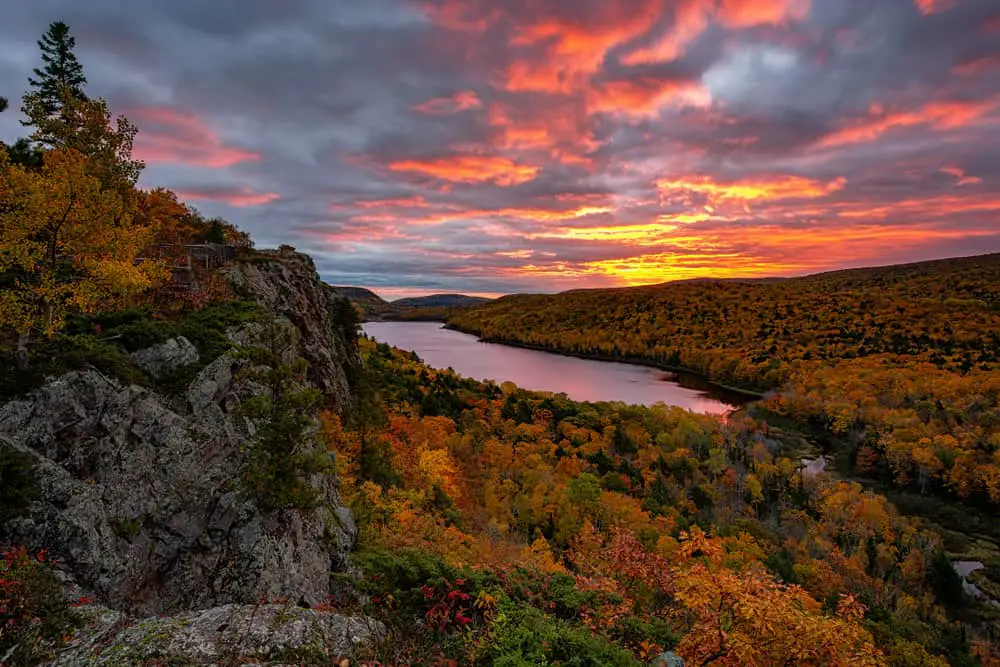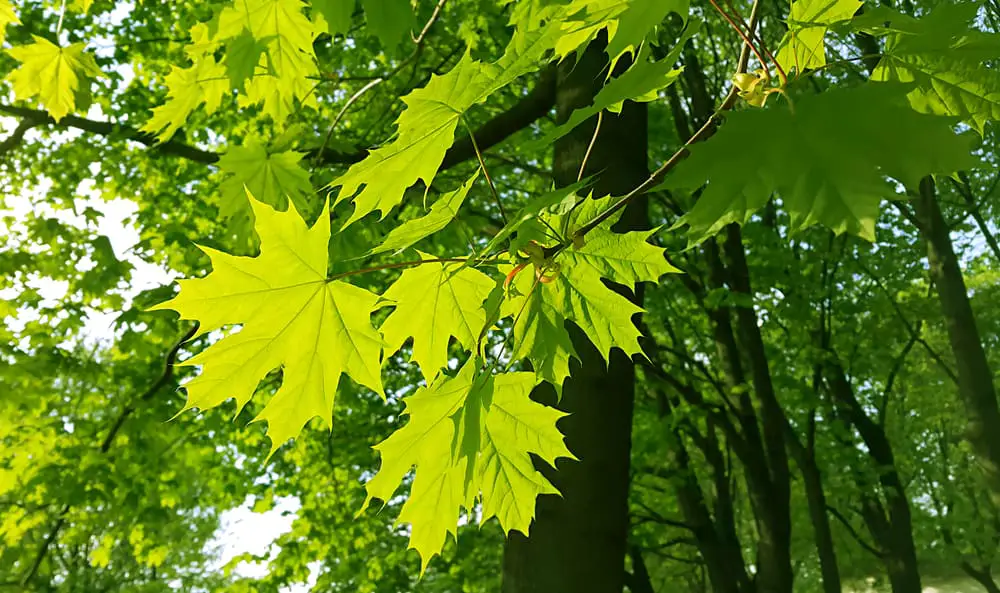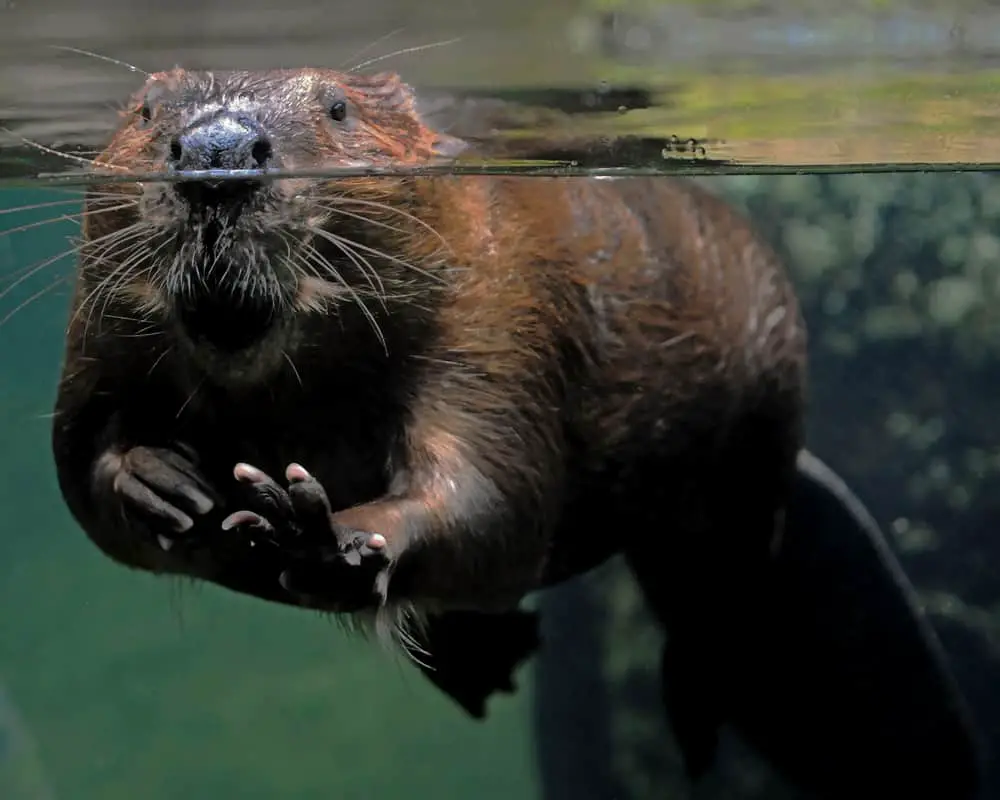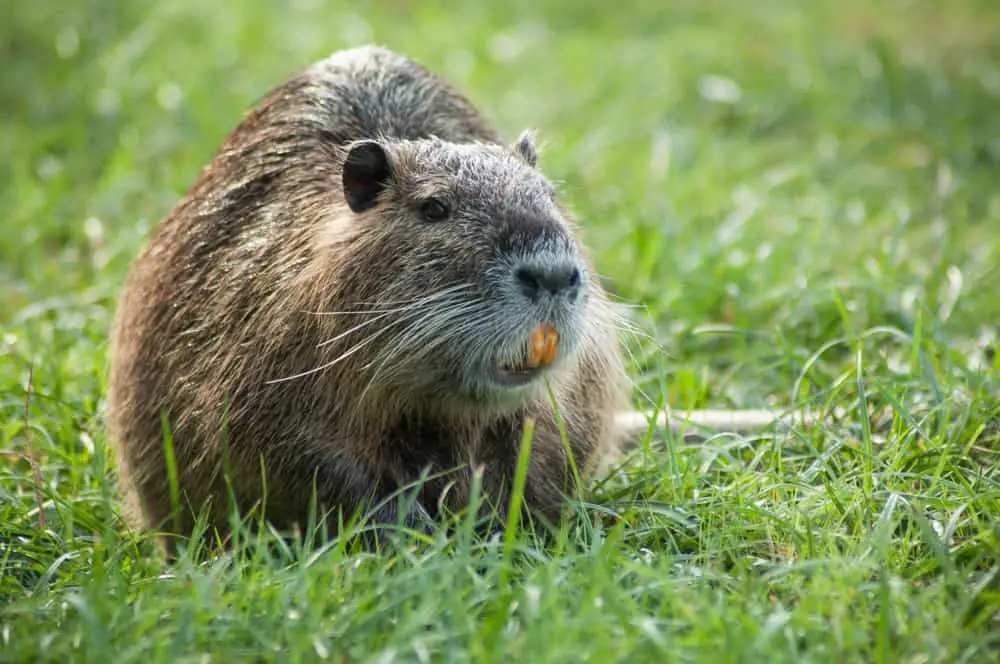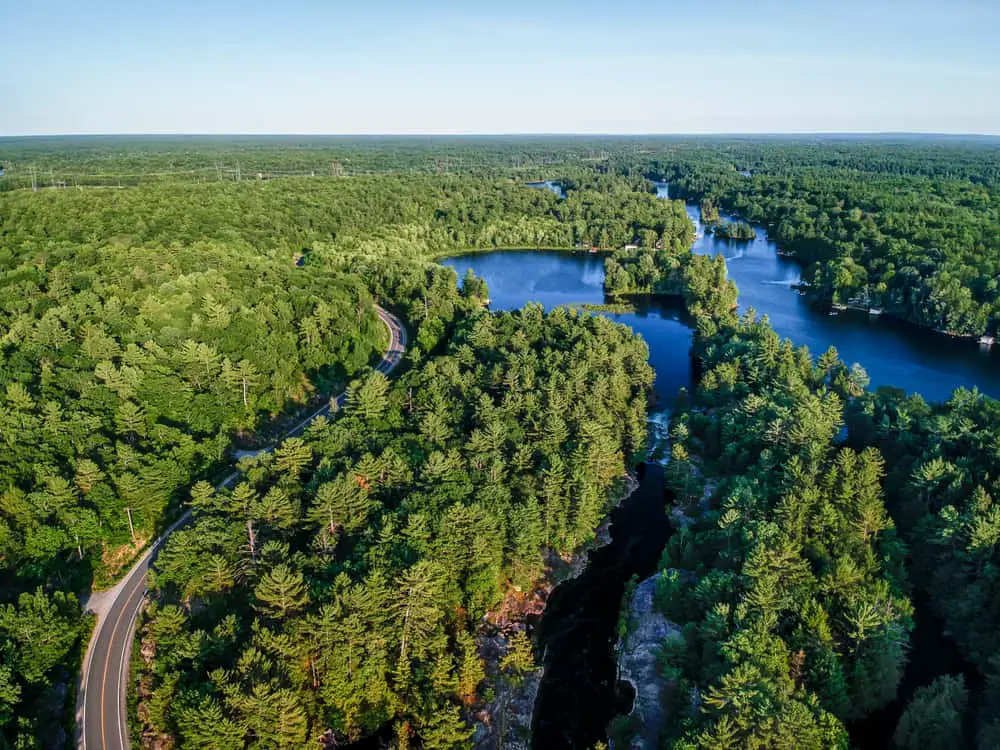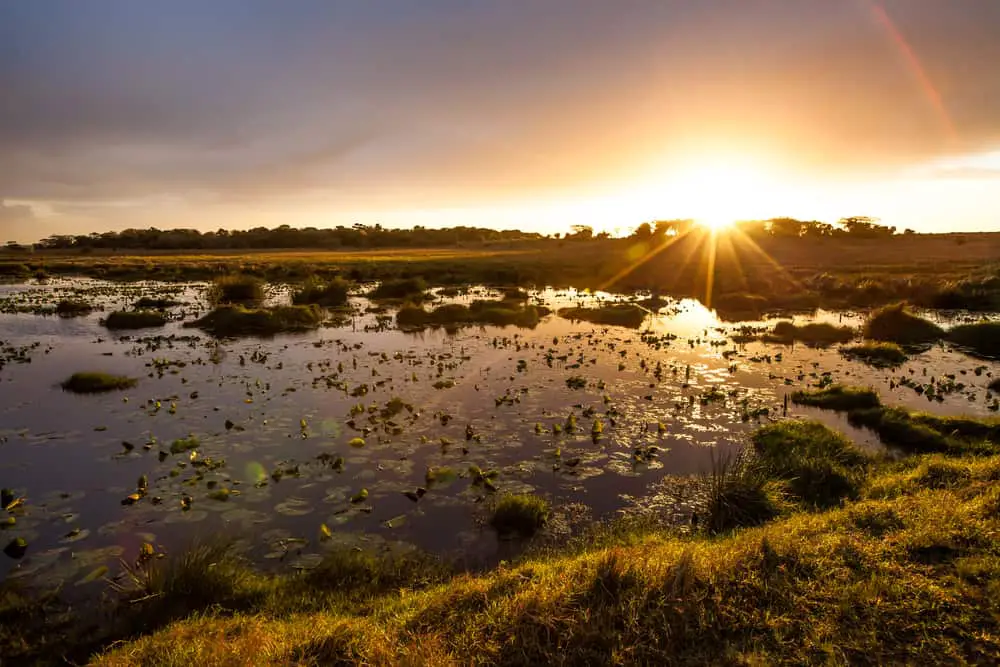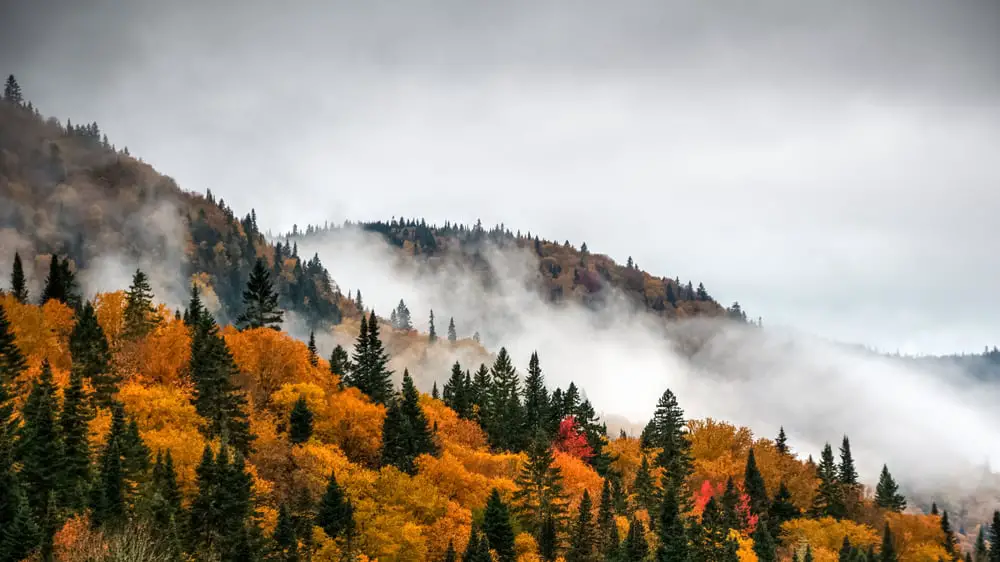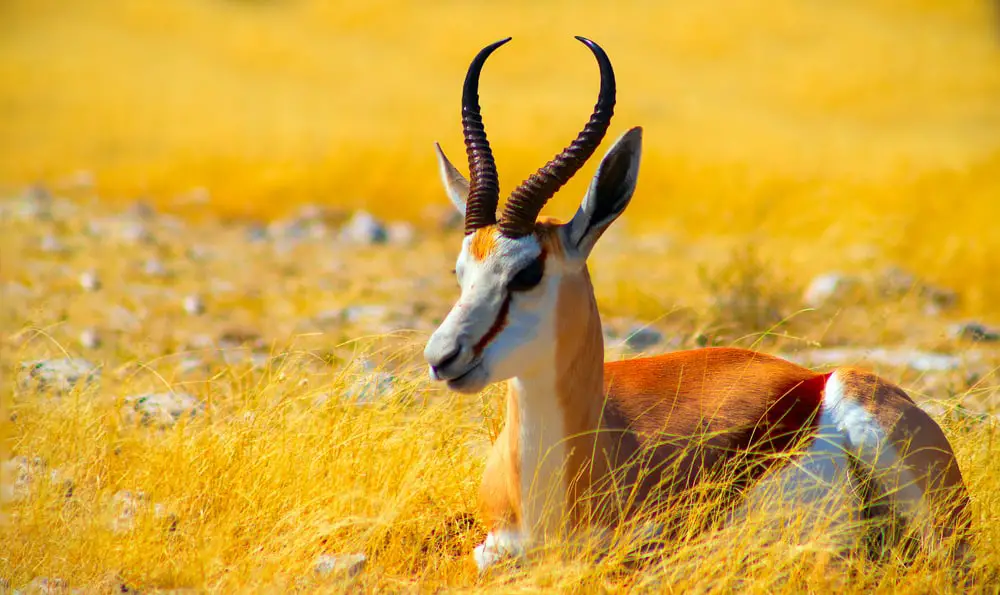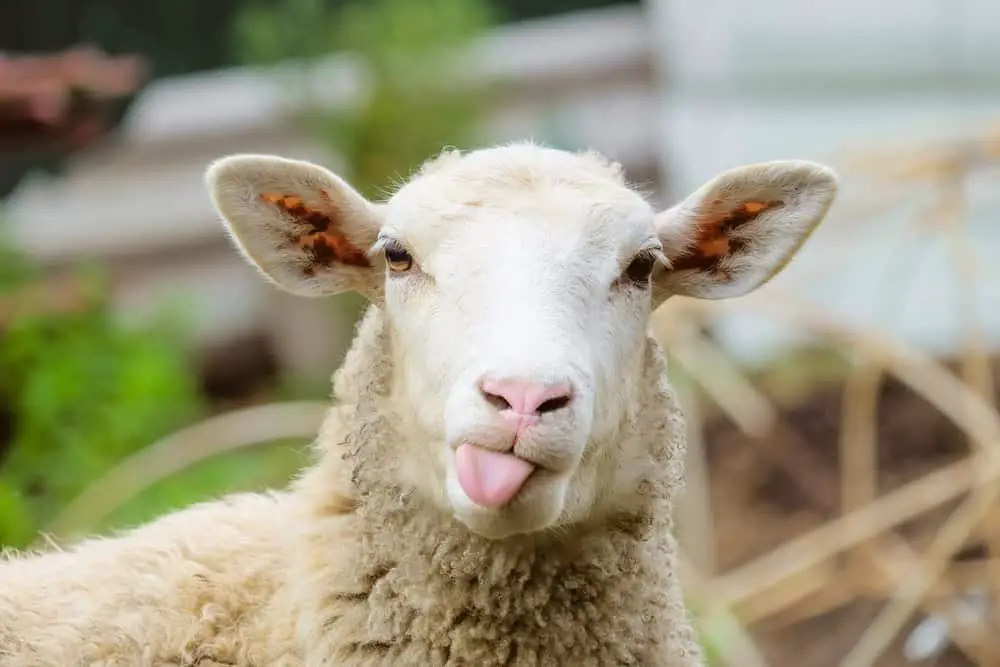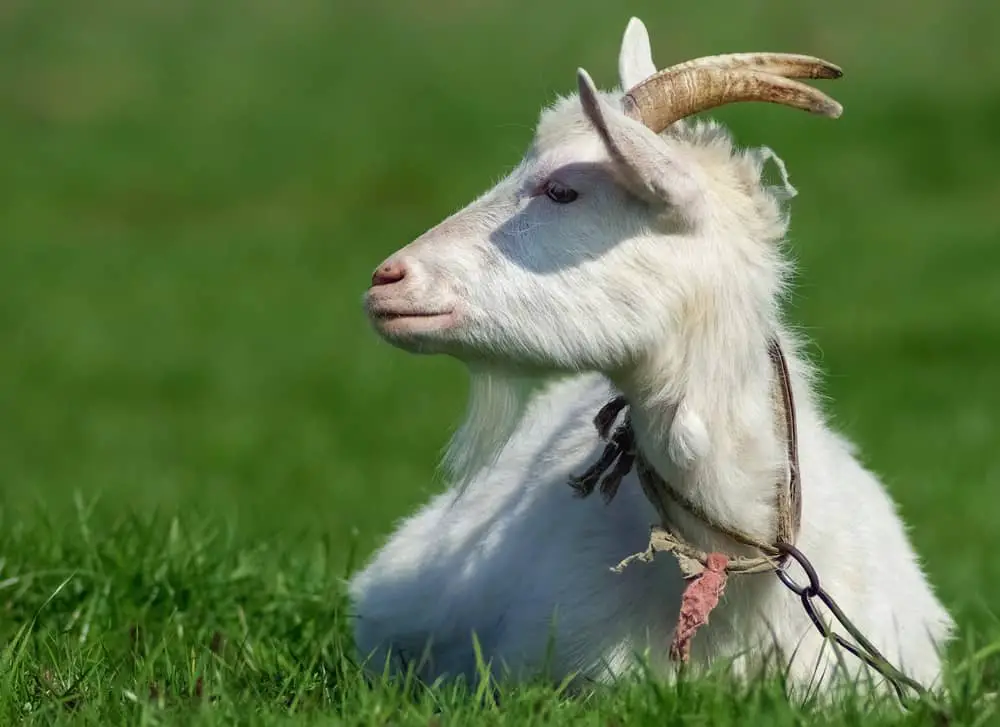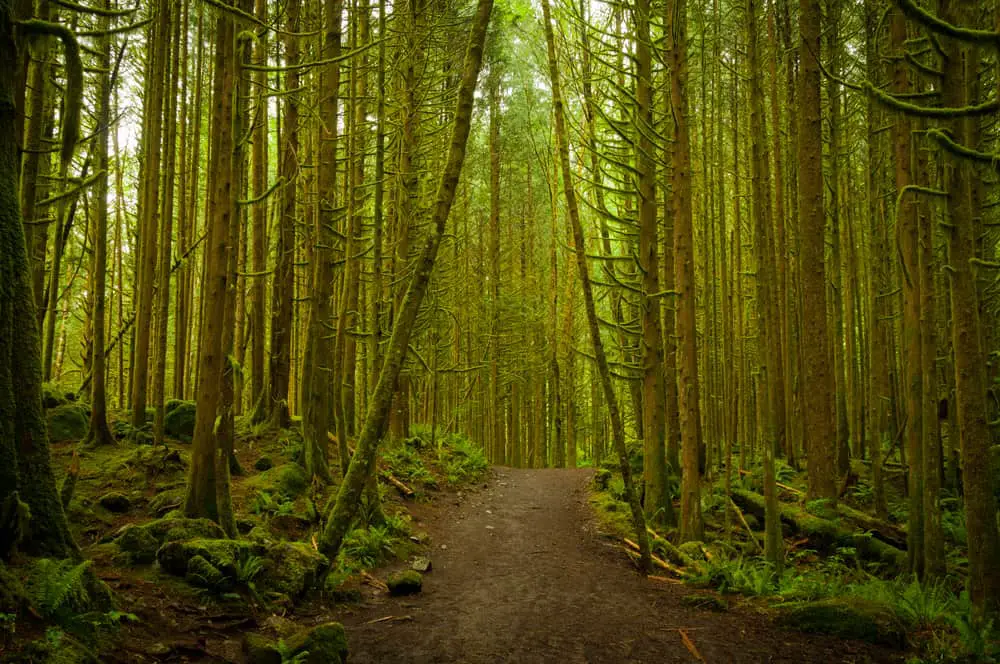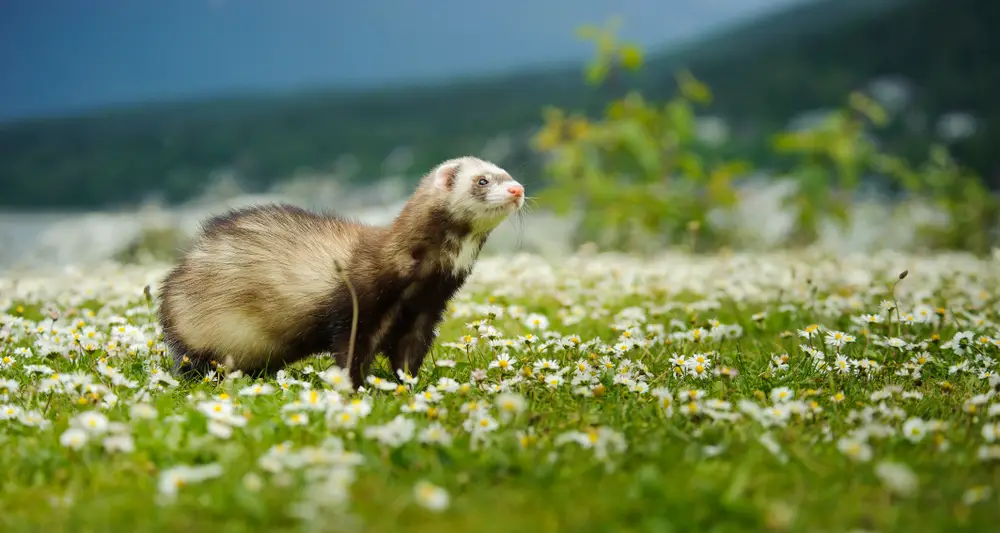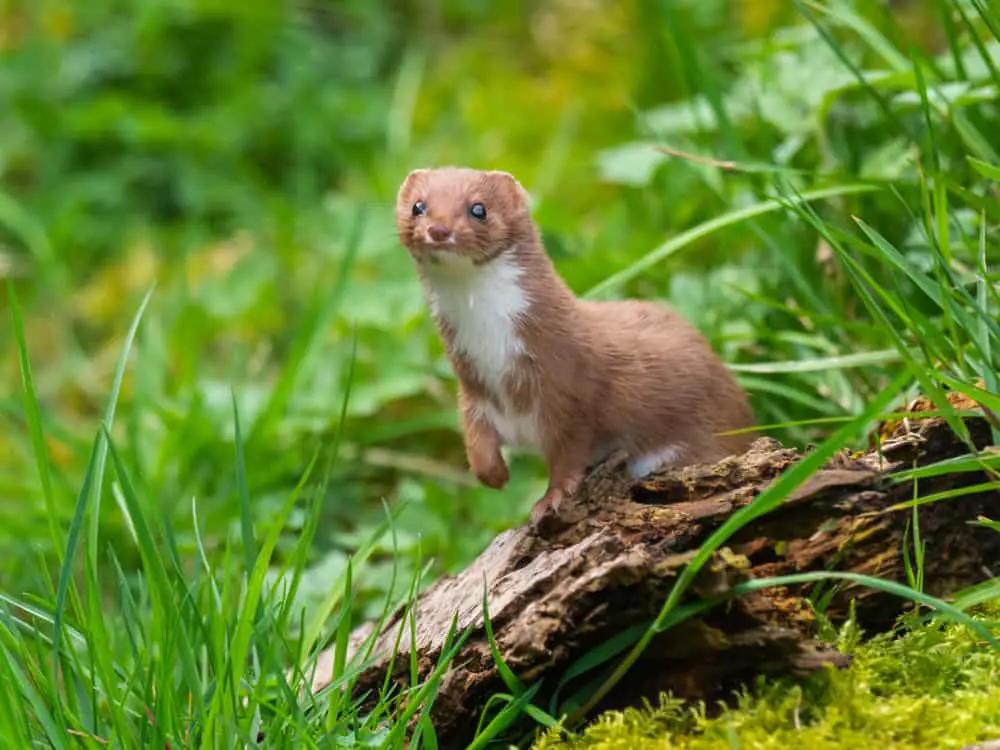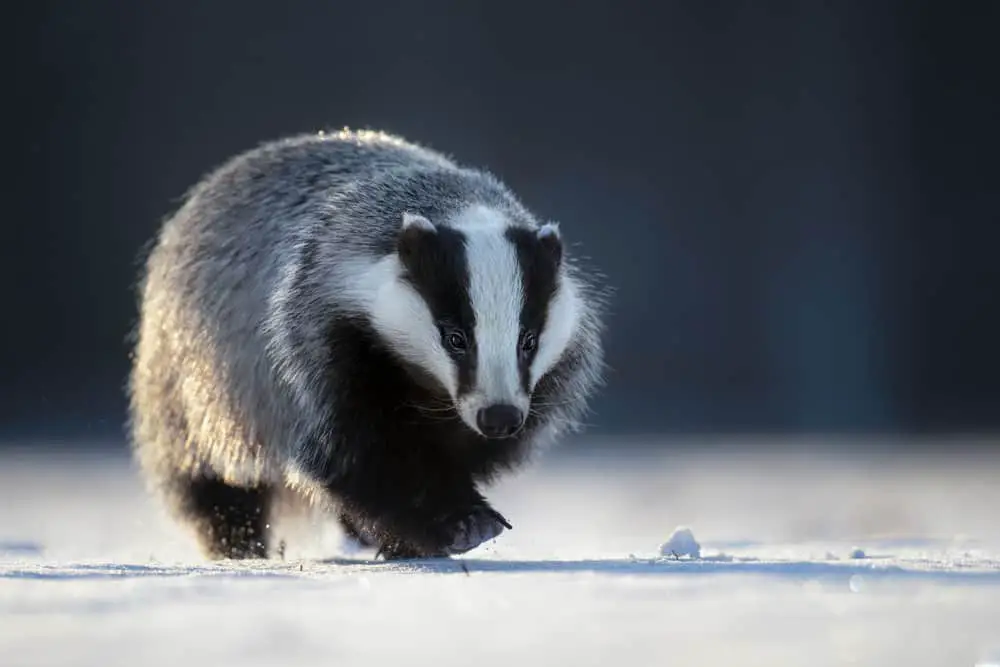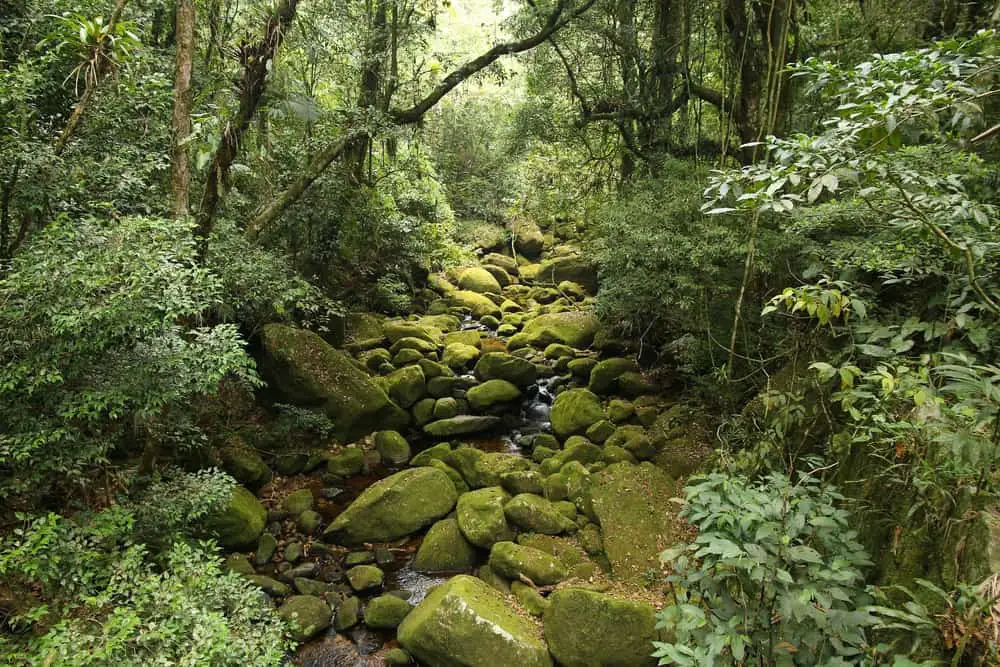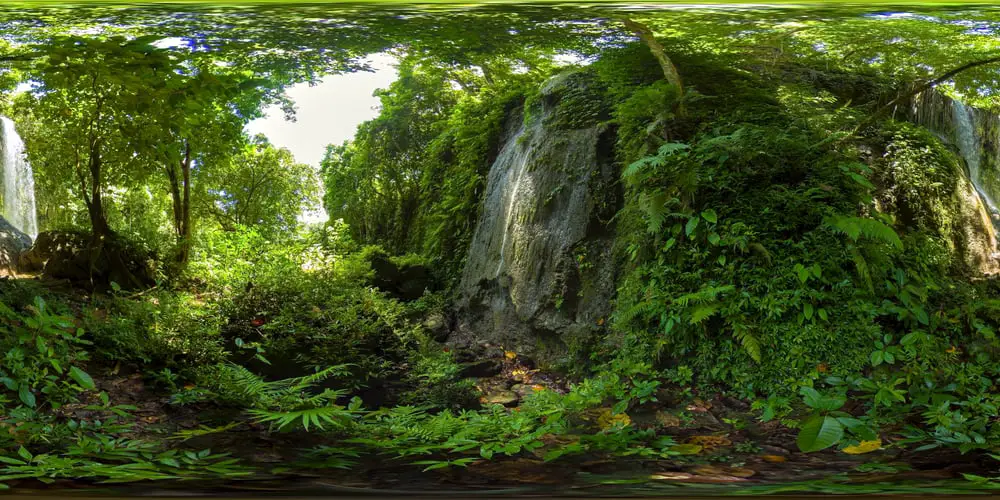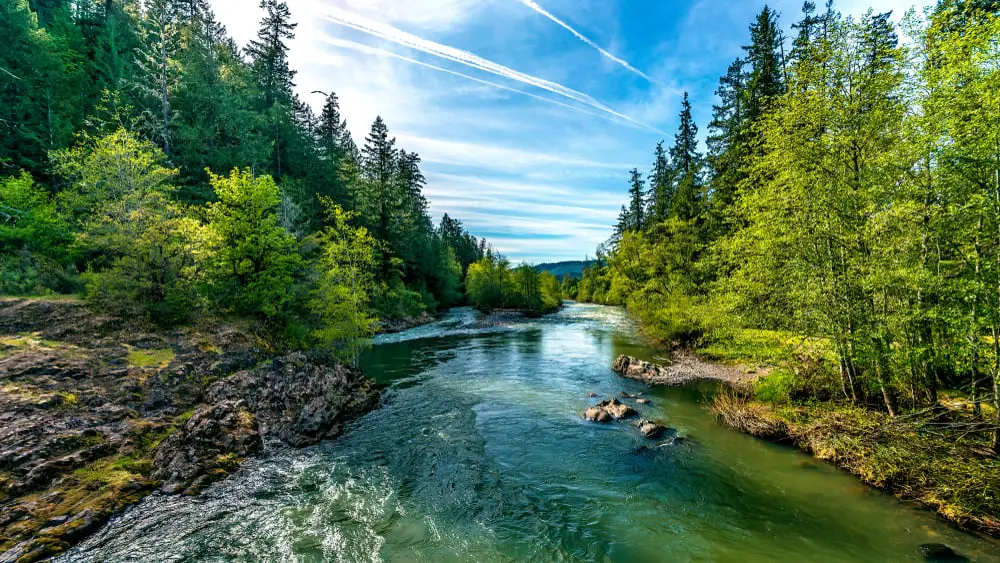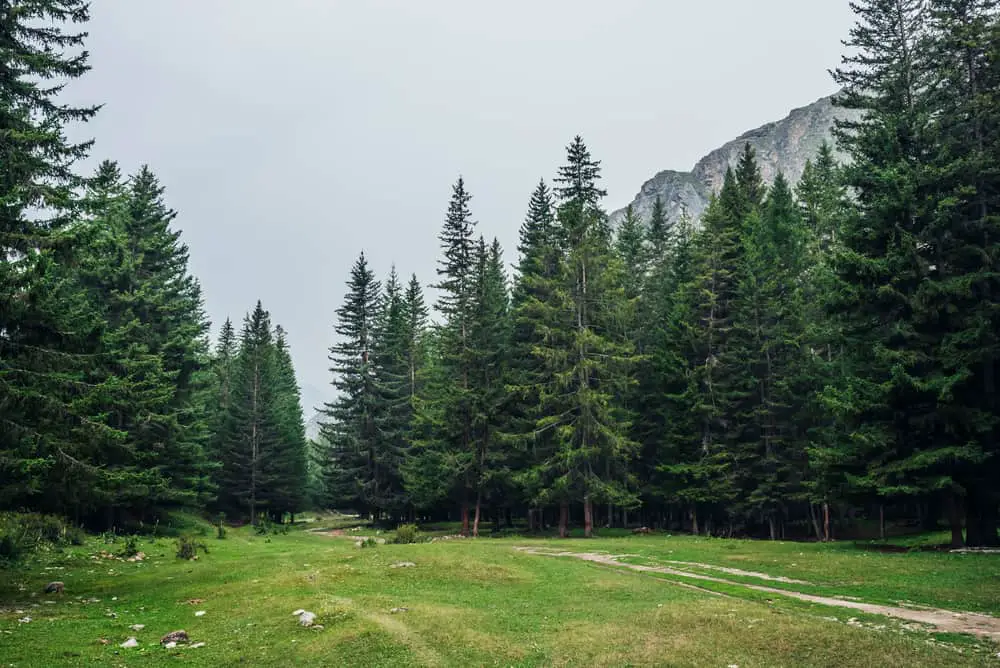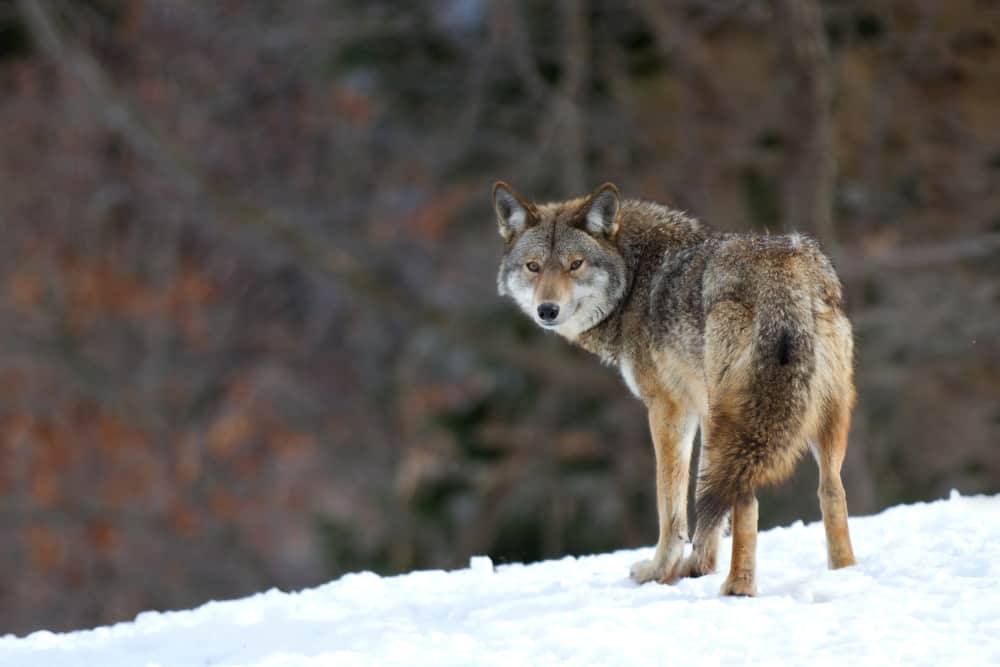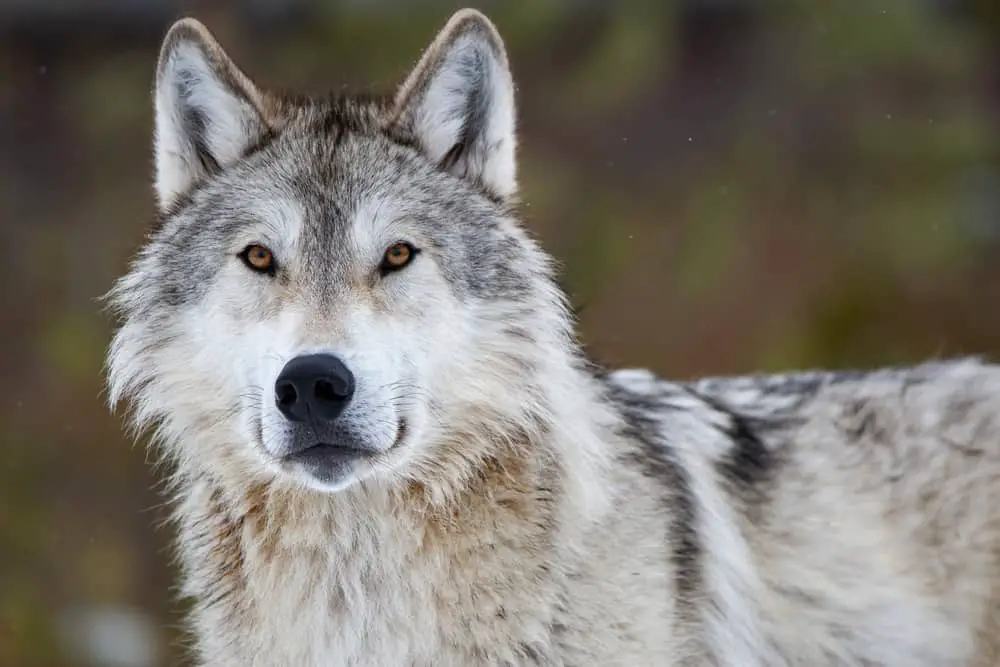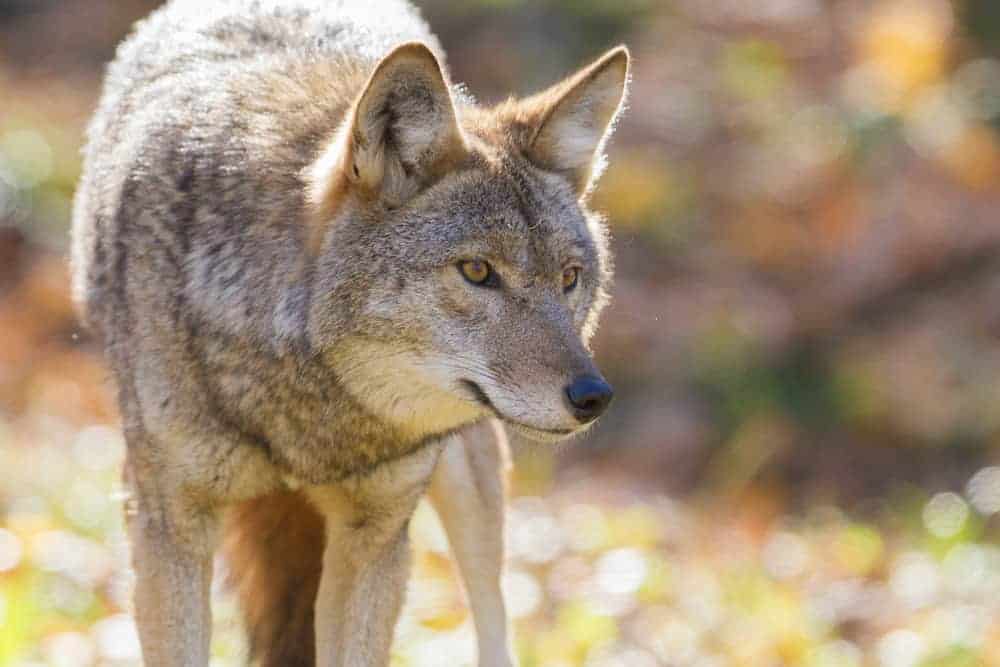
You may think that coyotes and bobcats are the same animals because they have pointy, furry ears. However, there is a lot of difference between these two animals. Coyotes and bobcats are found all over North America and come in many sizes.
The coyote is the smaller of the two. It’s also more intelligent and can be found in just about any neighborhood. This makes it an easy target for hunters. The bobcat is larger but less aggressive than its cousin. They are more reclusive and prefer to hunt on their terms.
What do you think would happen if these two met? Who do you think would win? If you live in the U.S., you’ll likely see one of these two animals during the day!
They’re both very different and interesting creatures, but which is stronger? Let’s take a look.
Table of Contents
- Coyote
- Bobcat
- Similarities Between Bobcats and Coyotes
- Bobcat vs. Coyote: Who will win the fight?
- Final Thoughts
Coyote
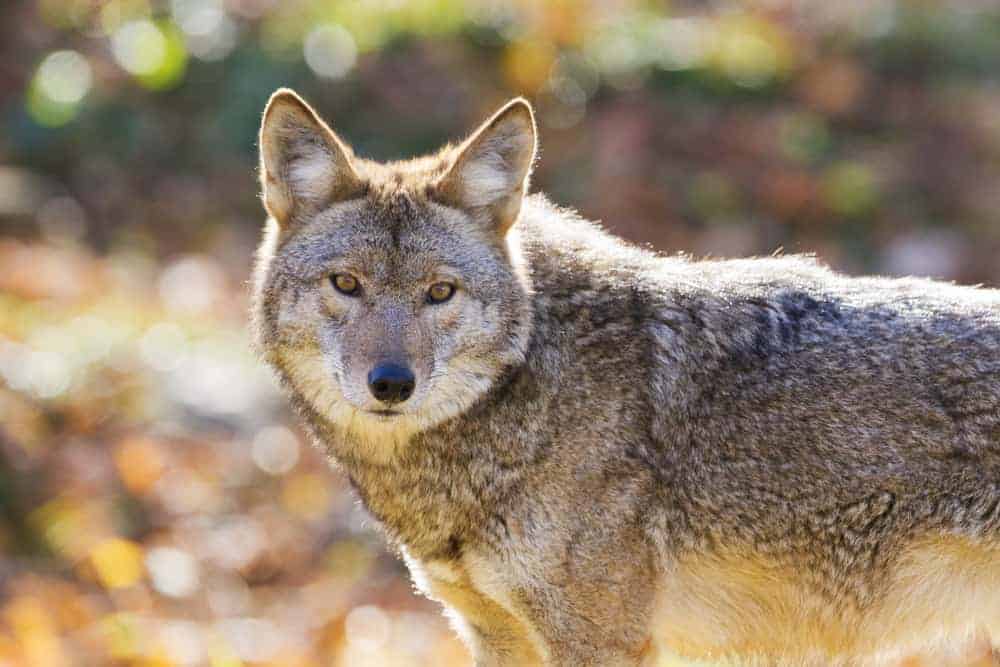
Coyote is a member of the Canidae family, which includes wolves, jackals, foxes, and dogs. Coyotes are native to North America. Coyote is not the only member of the Canidae family that lives in North America.
There are 19 subspecies of coyotes. They live in grasslands, forests, mountains, and deserts.
Coyotes can survive anywhere where there is enough food and shelter for their family groups, called packs. A pack usually comprises a male parent, a female parent, and their young pups. Coyotes are most active at sunrise and sunset.
At night, they sleep in dens made from hollow trees or underground caves.
Interesting Facts of Coyotes
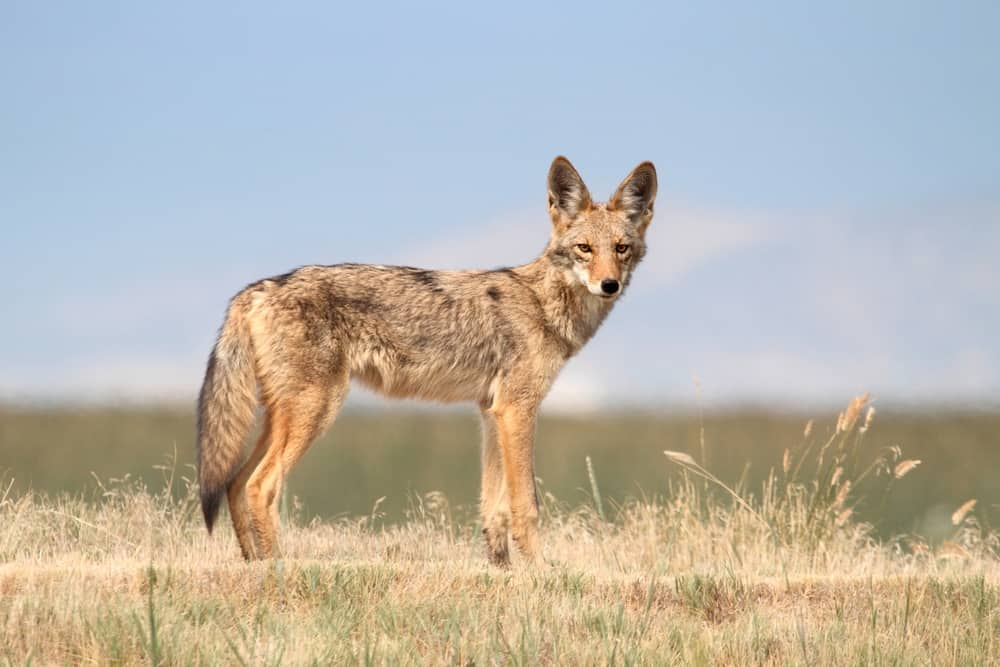
Coyotes are lean, quick animals that stand about 1 foot tall at the shoulder and measure 2-4 feet long from nose to tail. Their fur is usually yellowish-brown with reddish tints, but it can also be gray or white in northern populations. Coyotes shed their winter coats in late spring.
Coyotes can run up to 40 miles per hour for several miles, jump over 3 feet high, and … Read the rest of the story.
